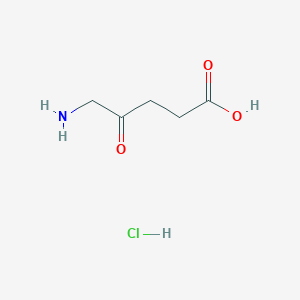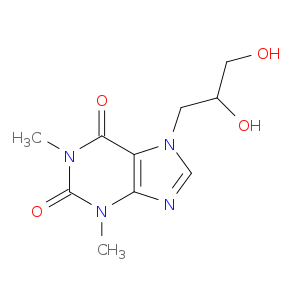Details of the Drug Combination
General Information of Drug Combination (ID: DC1N42X)
| Drug Combination Name |
Aminolevulinic Acid Hydrochloride PMID28870136-Compound-43
|
|||||||||||||||||
|---|---|---|---|---|---|---|---|---|---|---|---|---|---|---|---|---|---|---|
| Indication |
|
|||||||||||||||||
| Component Drugs | Aminolevulinic Acid Hydrochloride | PMID28870136-Compound-43 | ||||||||||||||||
| Small molecular drug | Small molecular drug | |||||||||||||||||

|

|
|||||||||||||||||
| 2D MOL | 2D MOL | |||||||||||||||||
| 3D MOL is unavailable | 3D MOL | |||||||||||||||||
| High-throughput Screening Result | Testing Cell Line: SK-MEL-28 | |||||||||||||||||
| Zero Interaction Potency (ZIP) Score: 0.91 | ||||||||||||||||||
| Bliss Independence Score: 5.47 | ||||||||||||||||||
| Loewe Additivity Score: 1.36 | ||||||||||||||||||
| LHighest Single Agent (HSA) Score: 2.83 | ||||||||||||||||||
Molecular Interaction Atlas of This Drug Combination
| Molecular Interaction Atlas (MIA) | ||||||||||||||||||||||||||
|---|---|---|---|---|---|---|---|---|---|---|---|---|---|---|---|---|---|---|---|---|---|---|---|---|---|---|
| Indication(s) of Aminolevulinic Acid Hydrochloride |
|
|||||||||||||||||||||||||
|
Aminolevulinic Acid Hydrochloride Interacts with 1 DTT Molecule(s)
|
||||||||||||||||||||||||||
|
PMID28870136-Compound-43 Interacts with 1 DTT Molecule(s)
|
||||||||||||||||||||||||||
Test Results of This Drug Combination in Other Disease Systems
|
|||||||||||||||||||||||||
References
